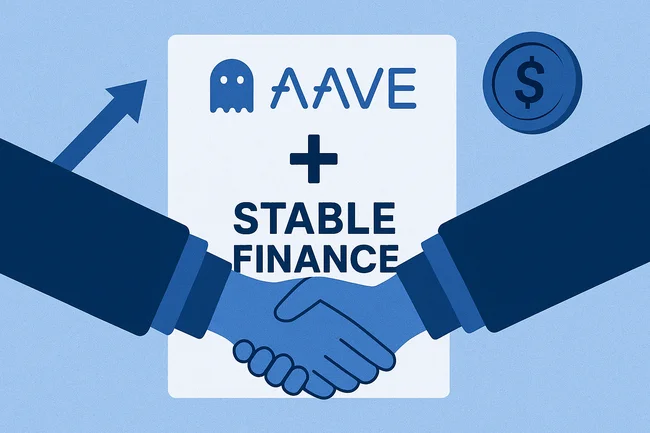Heterogeneous sharding refers to a method of dividing a blockchain network into smaller, more manageable segments, known as shards. Each shard operates independently and can have its own consensus mechanism, rules, and functionalities. This approach allows different shards to process transactions simultaneously, enhancing the overall throughput of the network.In heterogeneous sharding, each shard may cater to specific types of transactions or applications, optimizing performance. For instance, one shard might handle smart contracts while another focuses on asset transfers. This specialization can lead to improved efficiency and scalability, as different shards can evolve and upgrade independently.The flexibility of heterogeneous sharding contrasts with homogeneous sharding, where all shards operate under the same protocol and rules. By allowing shards to vary in design, heterogeneous sharding enables a more tailored approach to specific use cases, helping to support a diverse range of applications without overburdening the entire network. The ultimate goal is to create a more efficient, versatile, and scalable blockchain ecosystem.

China Reaffirms Strict Oversight on Virtual Currencies at Financial Street Forum
China’s central bank reiterated its tough stance on virtual currency activities as the 2025 Financial Street Forum Annual Meeting opened



